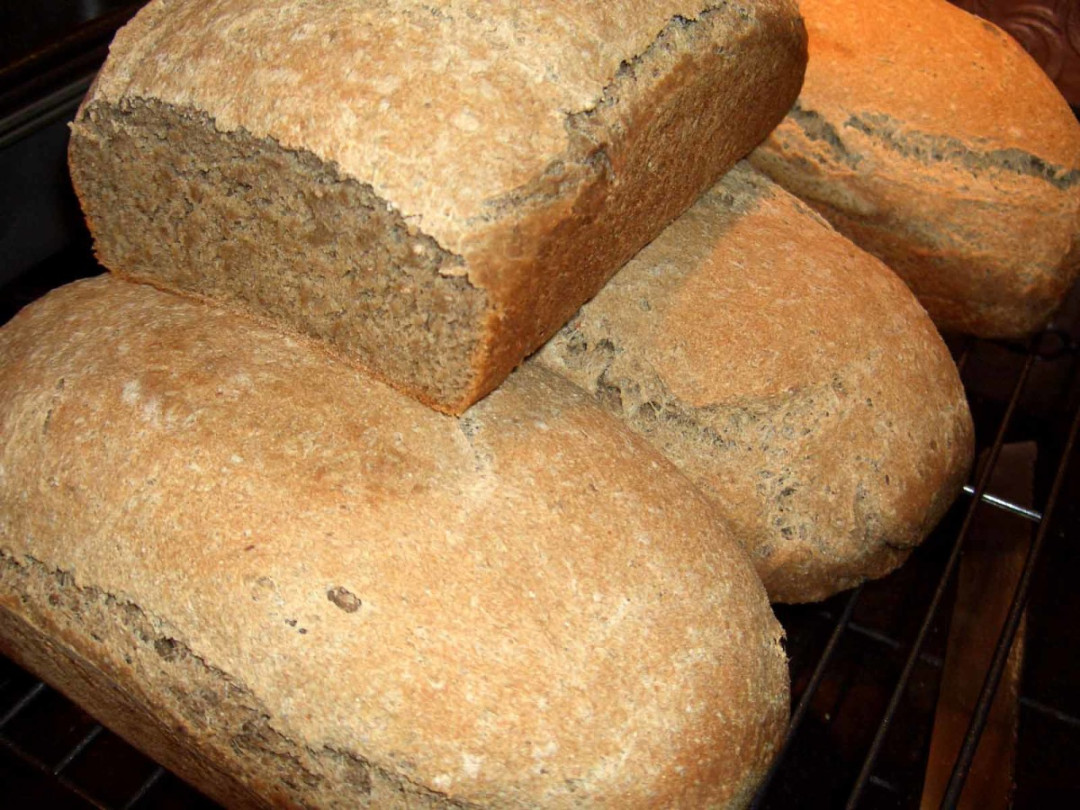The bread of Unity
In the heart of ancient civilizations, bread was more than just sustenance; it was a symbol of life, unity, and divine grace. From the humble loaves of ancient Egypt to the sacred pitas of the Middle East, bread has woven its way through the tapestry of human history. In the pages of the Bible, bread takes on a profound significance, representing both physical nourishment and spiritual sustenance.
Inspired by these timeless recipes, I have crafted a dish that pays homage to the rich culinary heritage of the past while embracing the flavors of the present. This culinary creation, a symphony of biblical breads, is a testament to the enduring power of food to connect cultures and generations.

Image Source: sndimg.com
Ingredients:
1 cup all-purpose flour
Preparation Process:
1. Create the Dough: In a large bowl, combine all-purpose flour, yeast, sugar, salt, warm water, and olive oil. Mix until a dough forms.
2. Knead and Rise: Turn the dough onto a lightly floured surface and knead for 5-7 minutes, or until smooth and elastic. Place the dough in a greased bowl, cover, and let rise in a warm place for 1-2 hours, or until doubled in size.
3. Shape the Bread: Once risen, punch down the dough and divide it into 4 equal portions. Shape each portion into a loaf.
4. Add the Mix-Ins: In a separate bowl, combine whole wheat flour, cornmeal, herbs, Parmesan cheese, pine nuts, cranberries, and feta cheese.
5. Create the Layers: Roll out each loaf of dough into a rectangle. Sprinkle a generous amount of the cheese and herb mixture over the dough. Roll up the dough tightly, sealing the edges.
6. Bake: Place the loaves on a baking sheet lined with parchment paper. Brush with extra virgin olive oil and bake in a preheated oven at 400°F (200°C) for 20-25 minutes, or until golden brown.
Total Time Required: 2 hours 30 minutes
Serving Ideas:
Elegant Appetizer: Slice the bread into thick rounds and serve with a drizzle of balsamic glaze and a sprinkle of flaky sea salt.
Cultural Influences:
This recipe draws inspiration from the diverse culinary traditions of the ancient world. The simple dough is reminiscent of the loaves baked in ancient Egypt, while the addition of herbs and spices reflects the flavors of the Middle East. The inclusion of cheese and pine nuts pays homage to the Roman Empire, and the use of olive oil is a nod to the Mediterranean diet.
As we savor the flavors of this biblical bread, we are reminded of the rich cultural heritage that has shaped our culinary landscape. This dish is more than just a meal; it is a journey through time, a celebration of tradition, and a testament to the enduring power of human creativity.